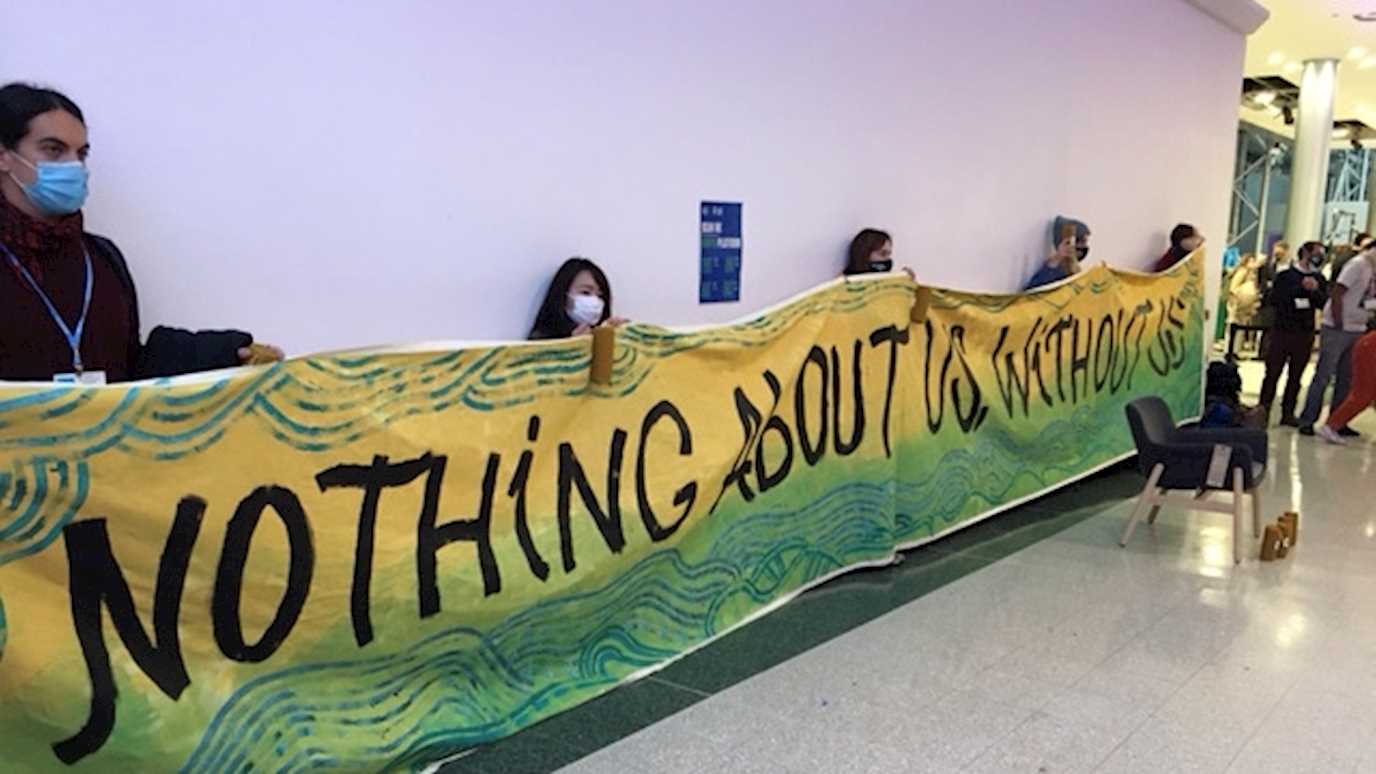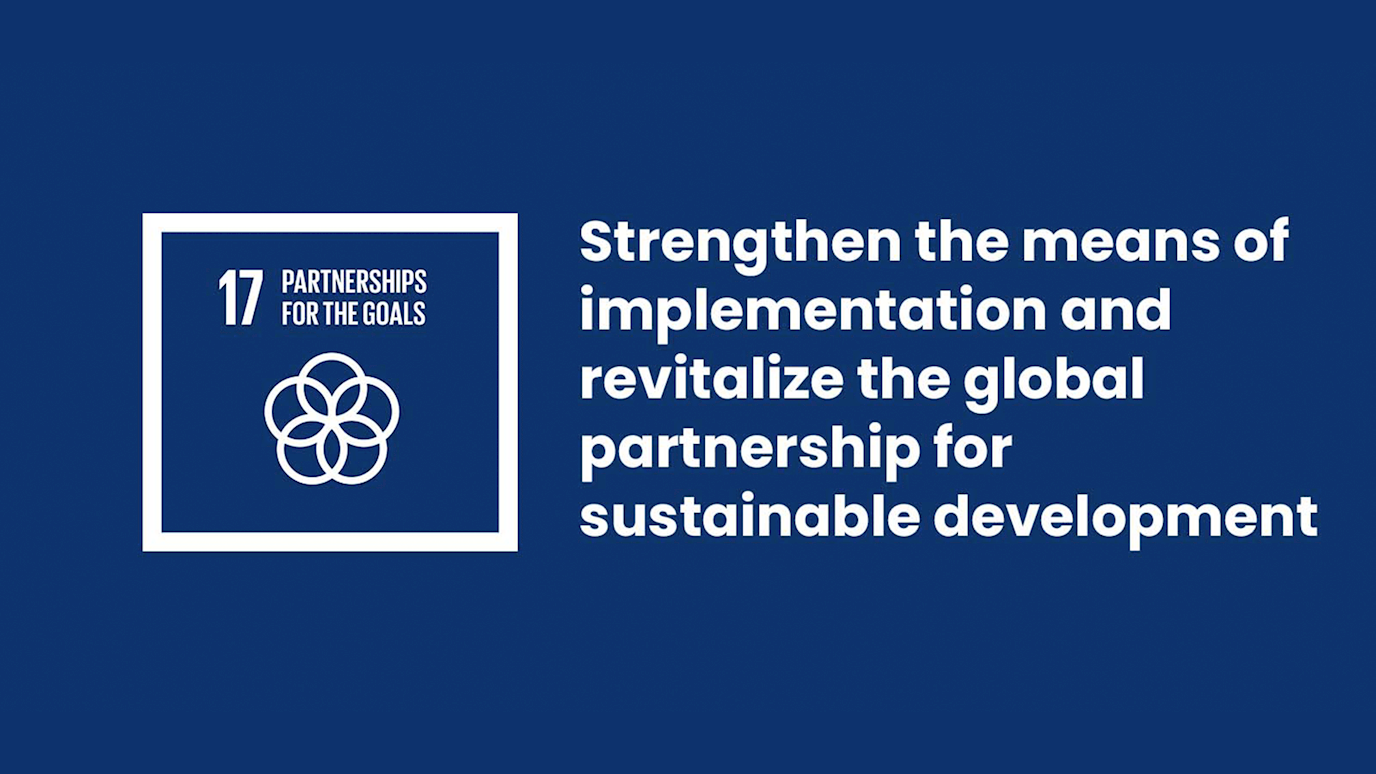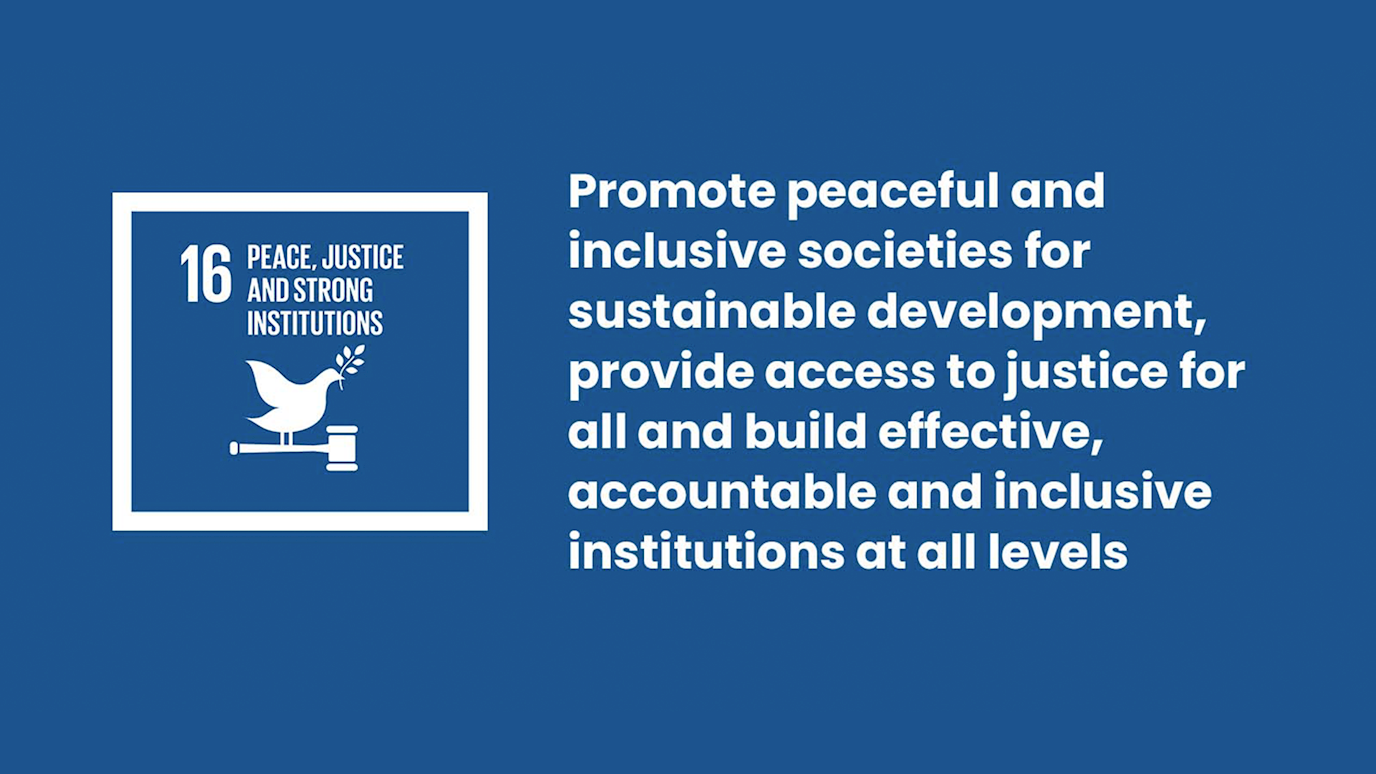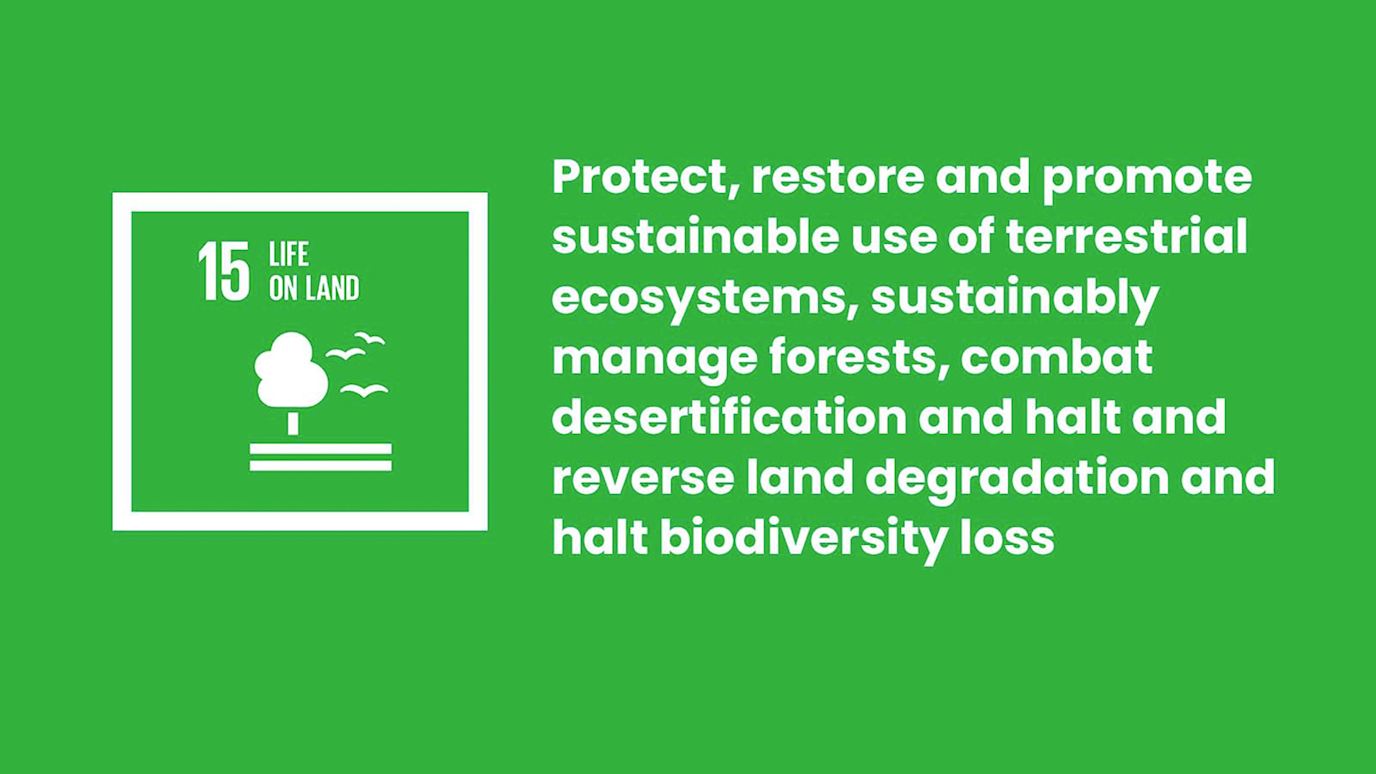Dave Waltham is Professor of Geophysics at Royal Holloway. He attended COP26 as an observer and campaigner for the Citizens’ Climate Lobby – here’s what he learned.
My day job, as Professor of Geophysics here at Royal Holloway, is about oil exploration, billion-year-scale climate change and carbon-capture and storage. But that’s not why I was an observer at the COP26 negotiations. For the past five years I’ve also been an active campaigner for the Citizens’ Climate Lobby (CCL) and I sit on the national steering committee of the UK arm of this global organisation. It was in that role that I was given observer status and so, strictly speaking, I wasn’t there representing Royal Holloway at all.
Some of the Citizens’ Climate Lobby Observers at COP26. I’m second from left.
Carbon pricing and revenue recycling
At CCL we campaign for carbon pricing – we want to make it cheaper to not pollute than it is to pollute – and a simple but effective approach is to tax fossil fuels. The problem is that such taxes hit the least well off the hardest. They hit people who are already struggling to keep their homes warm, or to get to work, and so, if unintelligently implemented, such taxes literally lead to rioting. We saw exactly that happen with the climate-related taxes on petrol in France, which led to the Gillet Jaune protests in 2019.
The solution is ‘revenue recycling’; the government doesn’t keep the money but gives it back to citizens as a uniform dividend. The arithmetic of this is surprising but undeniable. Those on low to average incomes (i.e. the majority) get back more in dividend than the amount their costs rise. Most people end up better off. It’s an approach that’s already been implemented in Canada, Switzerland and Austria, and it’s been endorsed by 28 Nobel-prize-winning economists. It’s also effective, with economic modelling suggesting that it can, on its own, reduce the UK’s emissions by 80 per cent by 2050. CCL is working hard to get this “Climate Income” approach accepted in nations across the world from the US to India and from Australia to the UK.
Being the eyes and ears of civil society
So, how does this all fit into COP26? My role, as an observer, was to be the eyes and ears of civil society. Observers get to sit in meetings that the media are excluded from and we get to hear, and interpret, arguments about exact words and precise locations of commas. It’s about transparency and openness and it’s about ensuring that nothing untoward is going on in the background.
Observers are excluded from some discussions. For example, we can attend “informal meetings” but not “informal, informal meetings” (i.e. huddles in the corner of informal meetings)! Furthermore, at COP26, there were additional restrictions on numbers of observers allowed into rooms because of COVID and security concerns. These restrictions were particularly severe at the start of the conference, when world leaders were present, but things eased up after that and I was able to sit in on later negotiations and plenary (i.e. summing up and scene setting) sessions that I wished to.
Queuing to get into the conference. On some days it took two hours to get through the security checks!
This was the role I expected to play, based upon my experiences six months earlier in attending online preparatory meetings of the “subsidiary bodies”. The big surprise, for me, at COP26 was that eavesdropping on the detailed negotiations was only a very small part of the experience. Much of my time was spent instead at side-events, run by different countries and different organisations, that gave extraordinary insights into different points of view and complex issues I had been previously unaware of. This was not only an unbeatable learning experience but also an opportunity for chance encounters and discussions that help everyone in the conference become more knowledgeable and better able to influence key decisions for the better.
What I learned by listening
This was my first COP meeting and seasoned attendees told me that I should listen more than I should talk. They were right! I learned a great deal about the plans that banks have to buy up coal-fired power stations to retire them early. I heard from Inuit about the impact that “black carbon” (i.e. soot) is having on Arctic ice melting and, hence, on their way of life and on wildlife. I listened in on a session by environmental economists on how to value nature and nature’s services properly. And I learned too about how satellite monitoring of methane emissions may make reducing these not just cheap but actually profitable.
The view from my accommodation. To save money (CCL is not a rich organisation), I camped about 12 miles north of Glasgow.
However, perhaps my best experiences at COP26 were the live Q&A sessions I ran with nine of Royal Holloway’s feeder schools. These were MS Teams sessions run on my laptop, whilst I sat in the midst of the conference. The questions from these pupils were incredibly wide-ranging and inspiring. I was asked about the carbon footprint of COP (my best guess is around 50,000 tonnes of CO2), the likelihood that the deforestation plans will work (sadly, I have no idea) and about what younger people should do to help (keep the pressure up!). I was left feeling that the next generation is engaged, knowledgeable and our best hope.
Finally, as I queued for coffee or to see a particularly popular talk, I also had my own chance encounters with negotiators and politicians. Those were opportunities to promote carbon pricing that I did not let slip by.
Dave Waltham has been in the Department of Earth Sciences, at Royal Holloway, since 1986 and is now Professor of Geophysics, having been Head of Department from 2008-2012. He has authored and co-authored more than 100 scientific papers as well as the books Mathematics: A Simple Tool for Geologists (1990) and Lucky Planet (2014). Lucky Planet looked at the surprising climate stability that our world has enjoyed across billions of years but, ironically, writing it catalysed his interest in combating the climate instability generated by humanity. His research uses mathematical and computational methods to understand our planet and has literally ranged from sand-grains to solar-systems.
























